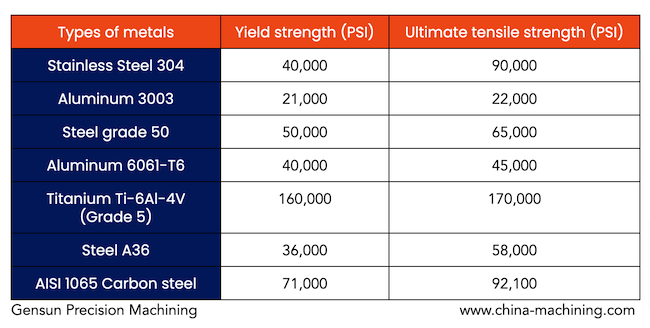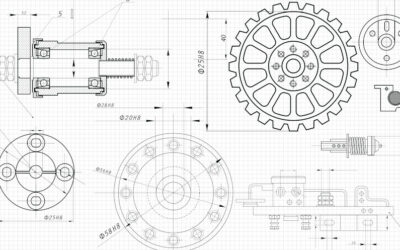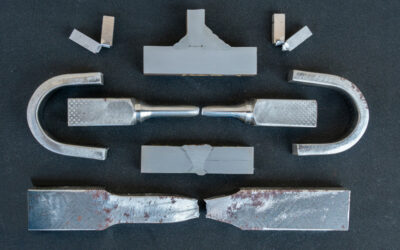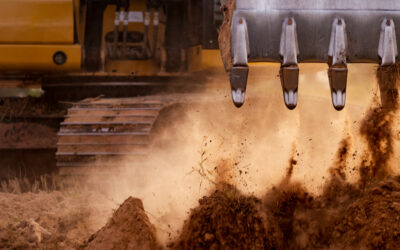What is the ideal metal (or metal alloy) for my project?
Product designers commonly ask this question during the product development phase. And while many factors contribute to the success of a metal alloy for a product development project, the alloy’s mechanical properties (like metal strength) top the list.
Metal strength describes the ability of a metal to resist deformation (and failure) under the action of different forces (or loading conditions). However, there are different types of metal strengths and several metrics by which you can measure them. Here, we discuss everything you need to know about the strength of metals and metal strength charts.
Understanding Different Loading Conditions
To understand what the strength of metals entails, we need to first discuss how materials react to loading due to applied forces or motion. Figure 1 is an illustration of a typical rod experiencing the different fundamental types of loading.
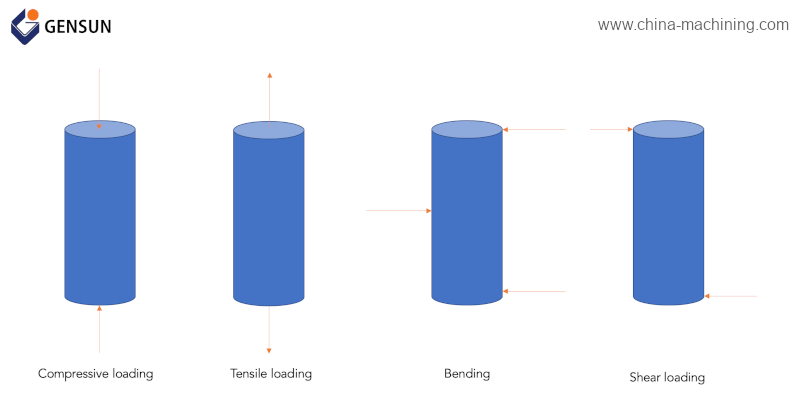
Figure 1: Fundamental types of loading conditions
In compressive loading, two equal forces tend to push on the rod in opposite directions, causing it to be compacted. Like compressive loading, tensile loading also features two forces acting in opposite directions. However, the forces in tensile loading tend to pull the rod.
Bending load occurs when two forces (with the same direction) act on the rod at a distance. In contrast, shear loading features forces applied coplanar with the rod’s cross sectionㅡwhich means they act tangent to the conventional loading axis.
Regardless of the type of loading acting on this rod, the effects of these external forces on this rod can be estimated using two key parametersㅡstress and strain.
What are Stress and Strain?
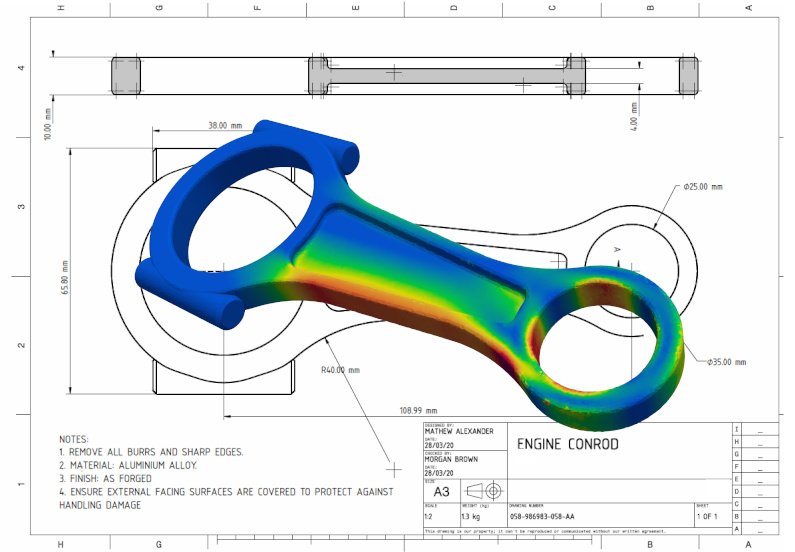
Von Mises engineering stress plot of an engine connecting rod on technical drawing
Stress is the magnitude of an external force acting over the cross-section area of a body. In contrast, strain describes the amount of deformation experienced by the body in the direction of that force.
Look at it this way. Let’s say you apply a predetermined magnitude of tensile force on the circular cross-section of an aluminum rod. In such a scenario, you’re subjecting the rod to tensile stress and causing internal forces between the rod particles. As a result, this internal force causes the rod’s particle to gradually stretch, and deformㅡwhich describes the strain.
Assuming you continue to increase the tensile force (or stress), you’d notice that the amount of deformation increases until the material eventually fails or breaks apart. The behavior of the rod before it fails depends on the different types of metal strength it possesses.
What are the Types of Strength?
Figure 2 is a graphical representation showing how a metal part would react to tensile stress before it fails.
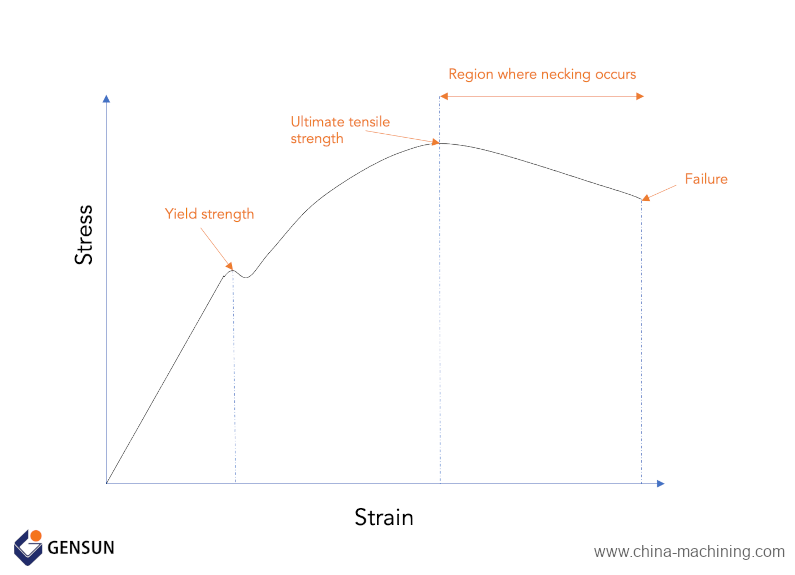
Figure 2: Stress-strain graphical representation
1. Yield Strength
Yield strength refers to the maximum strength that a metal can withstand before plastic deformationㅡwhich means a permanent change in the shape of the metal without fracture.
2. Ultimate Tensile Strength
The ultimate tensile strength (also called the tensile strength) is the maximum tensile stress the metal can withstand before it fails (or fractures). You can evaluate a metal’s tensile strength using a tensile testing machine.
The tensile testing machine features two wedge grips that hold a metal piece firmly at both ends. The machine slowly pulls lengthwise on the piece during the testing process until the piece fractures. The amount of tensile force (or stress) applied to the metal and elongation are measured throughout the test to determine the metal piece’s yield and ultimate tensile strengths.
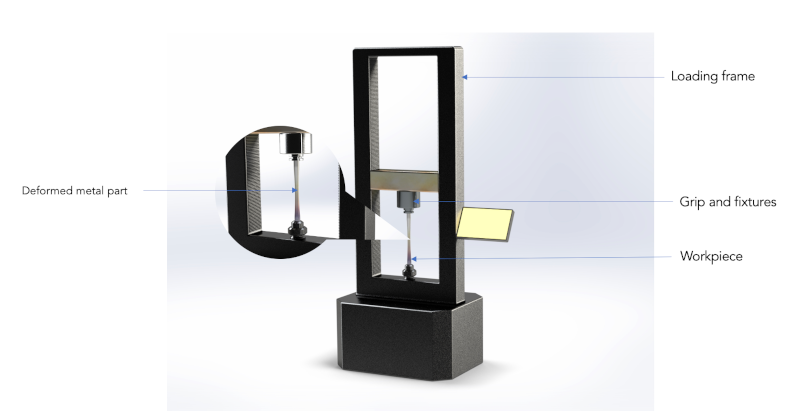
Figure 3: Tensile testing machine
Table 1 presents the yield strength and tensile strength of different common metals you might be considering for your product development project. These values were determined from a series of tensile tests on different metals.
Table 1: Metal Strength Chart
But the strength of a metal isn’t limited to yield and tensile strengths.
Other Types of Metal Strength
Compressive strength: describes the maximum compressive stress that a part can withstand before it fails or fractures. You can evaluate compressive strength using a compressive testing machineㅡwhich is quite similar to the tensile testing apparatus except that the compressive testing apparatus compresses the part.
Impact strength: describes the ability of a metal to withstand sudden sharp loads without fracture (or failure). It is normally expressed in terms of the amount of energy the material can absorb before fracture and can be determined using the impact testing machine.
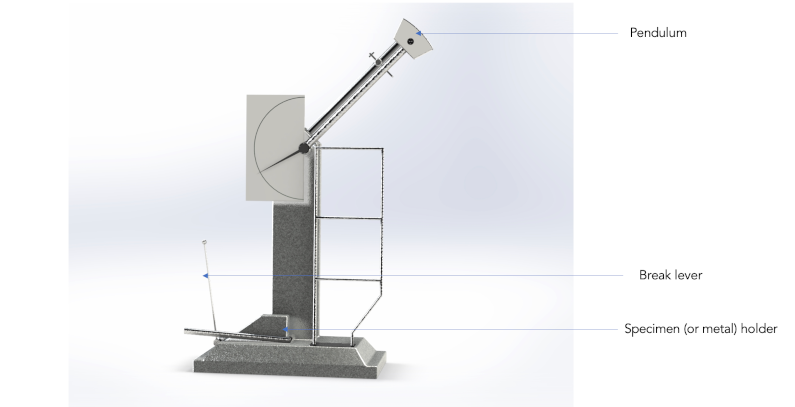
Figure 4: Impact testing machine
The impact testing machine features a pendulum that strikes a metal piece with a predetermined force until it fractures. The amount of energy the metal can resist before it fails is determined as the impact strength of the metal.
Shear strength: describes the maximum shear load that a metal can withstand before it fails in shear.
Related Post: What are the Best Metals for Machining? Here are 5 Options
Choosing an Ideal Metal for Your Component: Gensun Can Help
Now that you understand what metal strength entails, you’d agree that choosing a metal capable of withstanding the different loading conditions that your product (or part) will experience is essential. However, in addition to choosing an ideal metal, you must also ensure that your metal parts are machined accurately and precisely using state-of-the-art manufacturing technologies.
Gensun Precision Precision is a leading provider of CNC machining services across Asia. Our team of engineers, machinists, and quality control experts works with you to choose the ideal metal for your product before fabricating your parts accurately and precisely.
Learn more about our CNC machining services.

